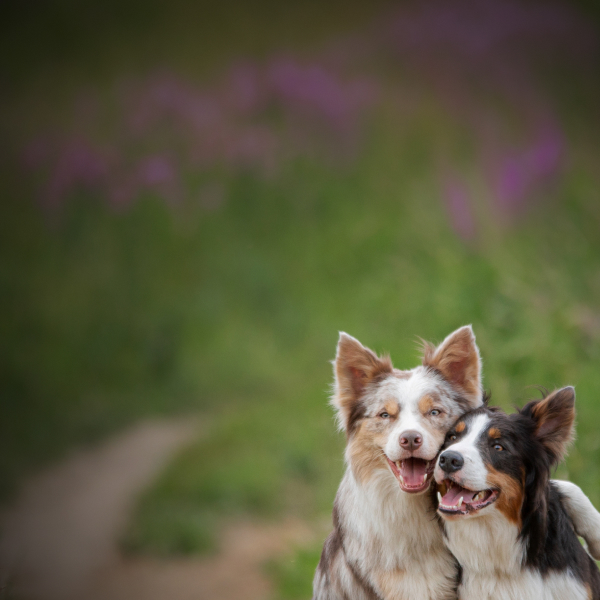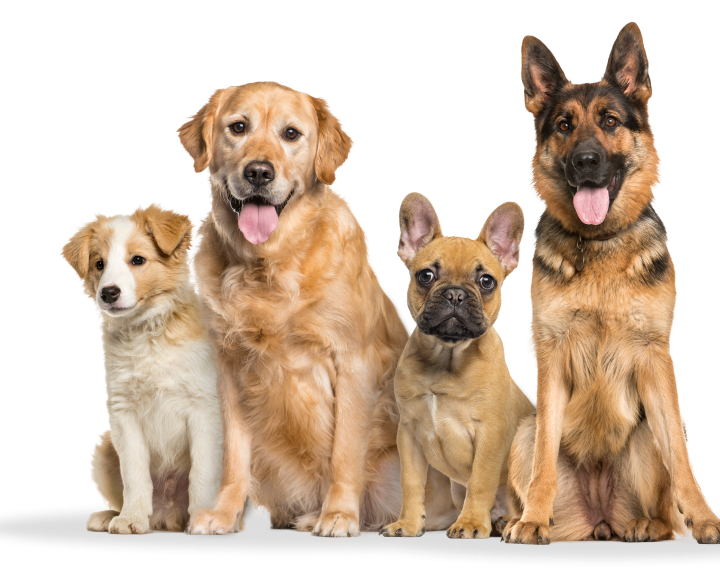
Get a free pet insurance quote in less than 60 seconds!
Easily compare quotes from the most trusted pet insurance companies in the United States.

- Cloudy or foul-smelling urine
- Hematuria (blood in urine)
- Inappropriate urination in house trained dogs
- Lethargy
- Loss of appetite
- Nausea
- Pain or straining during urination
- Tenderness or pain in the bladder area
- Foul smelling breath
- Pain or discomfort in mouth
- Reluctance to eat
- Thick white coating on tongue
- Chewing of feet
- Excessive head shaking
- Excessive itching or scratching
- Foul smell from affected areas
- Hair loss or red raw skin
- Oily or scaly patches of skin
- Skin lesions
- Antibiotic use
- Corticosteroid use
- Diabetes
- Dietary imbalance
- Genetic predisposition
- Irritated or inflamed skin
- Urinary catheter
- Weakened immune response due to congenital disorder, or acquired disease or disorder

Worried about the cost of treating your pet's symptoms?
Pet Insurance covers the cost of many common pet health conditions. Prepare for the unexpected by getting a quote from top pet insurance providers.

5 found this helpful
5 found this helpful
0 found this helpful
0 found this helpful
2 found this helpful
2 found this helpful
3 found this helpful
3 found this helpful

Get a free pet insurance quote in less than 60 seconds!
Easily compare quotes from the most trusted pet insurance companies in the United States.


